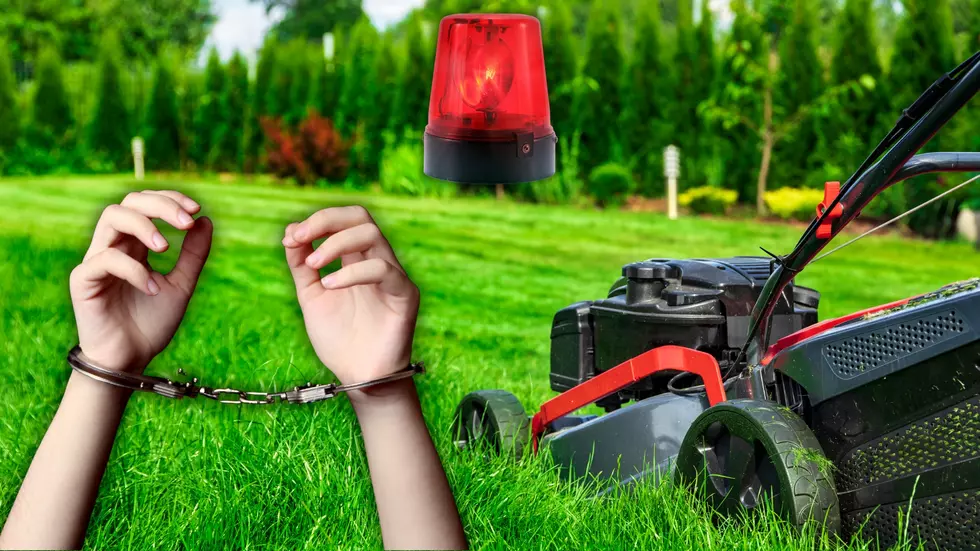
What About Green Soybean Leaves?
Information for this article comes from Susan Jonganeel at the University of Illinois
URBANA -- While many soybean fields are drying normally and harvest is underway, University of Illinois crop sciences professor Emerson Nafziger has heard reports of soybean plants with green leaves and green stems that have dry pods and seeds. Many of these fields have too much green tissue to combine but are in danger of shattering as pods and seeds continue to dry.
Nafziger thinks that this may be the “green stem syndrome” that has cropped up in some fields in recent years.
“We think that this occurs when seeds stop taking up sugars and nitrogen before senescence is complete,” he said. “When this happens, stems and petioles continue to photosynthesize, but sugars have no place to go, so they accumulate and keep leaf and stem tissues healthy and green. Lower temperatures and more soil moisture recently have likely contributed to this problem by keeping leaves well-supplied with water and slowing sugar movement and leaf-drying rates.”
Nafziger said that although the syndrome is known, its causes are not well understood. One well-known cause is lack of pods. When disease, drought, or insect damage results in low pod numbers, either the seeds and pods do not send the normal senescence signal, or it is not received normally. Thus, the leaves do not lose their color and drop off the plant. Rather, they stay green and attached and continue to produce sugars.
“We think that lack of pods in drought-stressed fields is one of the factors leading to this problem in 2012, but there are two unusual features this year,” Nafziger explained. “One is that pods seem to be maturing and drying normally. In many previous cases, pods tended to stay green or dry slowly when pod numbers were low.”
Nafziger also noted that in some fields this year, only the lower leaves have stayed green and attached to the stem, while the upper leaves senesced normally. Both of these symptoms may be related to earlier drought conditions.
“We think that the soybean senescence signal is usually all-or-none; that is, when enough seeds reach maturity, all leaves on the plant senesce and fall,” he said. “It’s possible that, with so many lower pods failing to develop this year, sugars from the lower leaves had no place to go. Lower leaves may have stayed green while upper leaves senesced normally.”
Regardless of the cause, the green leaves on plants with dry pods are likely to stay green, quite possibly until frost. Even frost may not damage leaves effectively when they have a lot of sugar because sugar acts as an anti-freeze. Gramoxone is labeled for use as a soybean defoliant, but there is a 15-day wait until harvest, and it is not clear how cost-effective such an application would be.
Some fields where green, yellow, and leafless plants are all present have a mottled appearance. As more green plants start to lose color, it may be possible to combine these fields once the amount of green tissue has diminished enough to allow threshing and cleaning.
“In many cases, we’ll simply have to wait until plants dry and hope that seeds don’t shatter before they can be combined,” Nafziger predicted.
Green leaves trap some moisture from dew, and pods on plants with green leaves are not as exposed to drying conditions as are those on plants without leaves, possibly making them more likely to stay intact. Unfortunately, reports of shattering this year suggest that pods may have been weakened due to earlier drought conditions.
There are some indications that the problem of dry pods on green plants may be related to variety, but the evidence is not conclusive. Later-maturing varieties are more likely to experience this problem, in part because severe stress can desiccate early-maturing varieties before normal senescence occurs. Varieties with little foliar disease, either because of genetic resistance or as a result of fungicide application, may be more prone to stay green.
Though the green-stem issue has been studied to some extent, the fact that it depends so heavily on late-season weather conditions has meant little progress in finding preventive measures or a cure.
“Unfortunately, conditions like we have had in 2012 will usually result in more of this, adding an additional problem to what will be low yields in some of the affected fields,” Nafziger concluded.
More From KHMO-AM 1070, News-Talk-Sports









